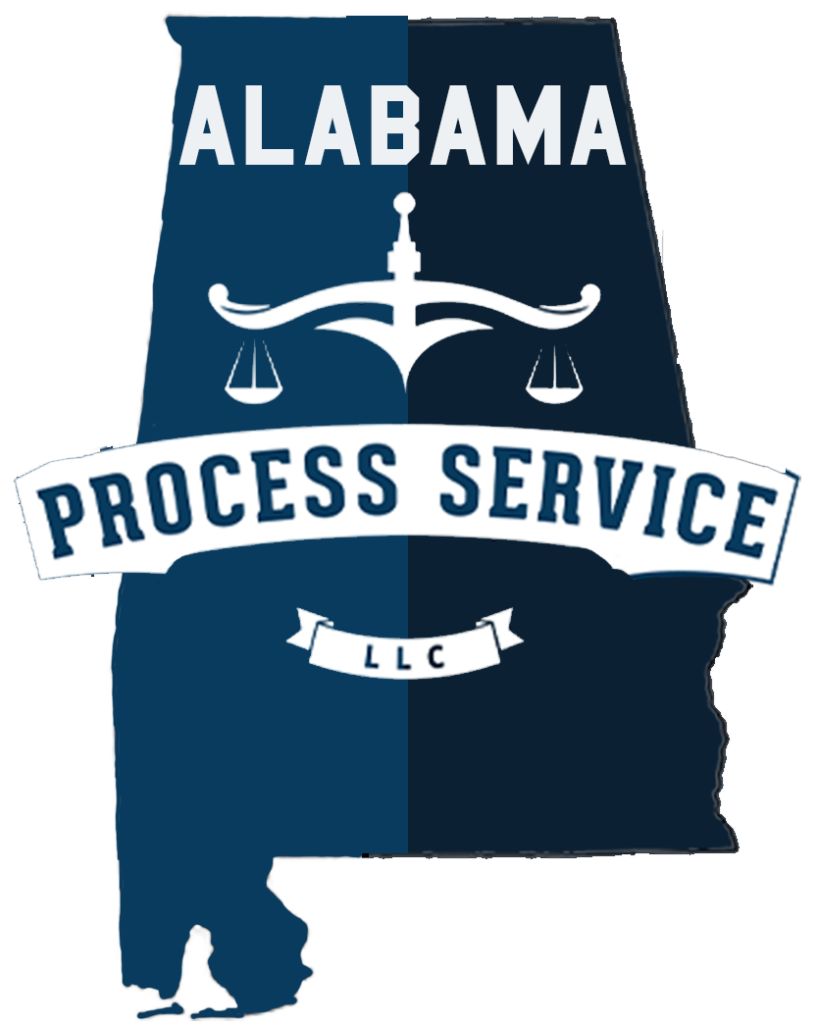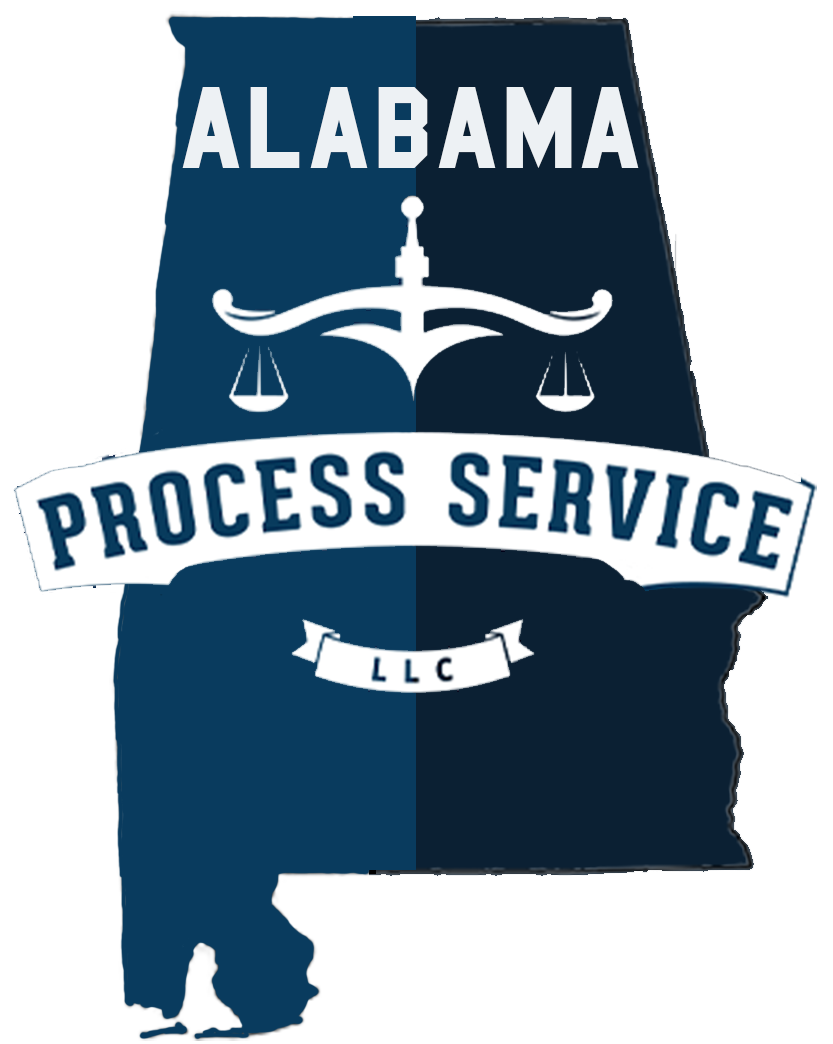In today’s fast-paced corporate environment, the ability to swiftly retrieve and access important documents is crucial for maintaining efficiency and productivity. Enterprises deal with a vast amount of information on a daily basis, and having effective strategies in place for document retrieval can make a significant impact on overall operations. In this blog post, we will discuss some key strategies for successful document retrieval in the enterprise setting.
1. Implement a Centralized Document Management System: One of the most effective ways to streamline document retrieval is by implementing a centralized document management system. This system allows for all documents to be stored in a single, easily accessible location, making it simple for employees to locate and retrieve the information they need. By organizing documents in a structured manner, employees can quickly search for and retrieve specific files, saving time and reducing the risk of information getting lost or misplaced.
2. Develop a Comprehensive Indexing System: Creating a comprehensive indexing system is essential for successful document retrieval. By assigning relevant keywords, tags, or metadata to each document, employees can easily search and locate specific files based on specific criteria. This indexing system should be consistently applied across all documents to ensure uniformity and efficiency in retrieval processes.
3. Utilize Advanced Search Features: Many document management systems offer advanced search features that can significantly enhance the document retrieval process. Features such as full-text search capabilities, filtering options, and boolean search logic can help employees quickly narrow down search results and pinpoint the exact document they are looking for. Training employees on how to use these advanced search features can greatly improve their efficiency in retrieving documents.
4. Establish Document Retrieval Protocols: Setting clear protocols and guidelines for document retrieval within the organization is essential for ensuring consistency and accuracy. Establishing protocols for naming conventions, file organization, and version control can help employees navigate through documents more effectively and reduce the likelihood of confusion or errors during retrieval.
5. Regularly Review and Update Document Management Practices: Document retrieval strategies should be regularly reviewed and updated to ensure they remain effective and aligned with the organization’s evolving needs. Conducting periodic audits of document management practices, seeking feedback from employees, and staying abreast of new technologies and tools can help optimize document retrieval processes and drive continuous improvement.
In conclusion, successful document retrieval in the enterprise requires a combination of effective systems, processes, and tools. By implementing a centralized document management system, developing a comprehensive indexing system, utilizing advanced search features, establishing retrieval protocols, and regularly reviewing practices, enterprises can streamline their document retrieval processes and improve overall operational efficiency. Embracing these strategies can help organizations stay organized, productive, and competitive in today’s digital age.

